Hi there!
My name is Naofumi Harada, and I was the lead composer on Bayonetta 3. I am so excited that the game has finally been released after so many years of development and hard work!
Let’s take a listen to some of the songs you’ll find in Bayonetta 3. Check out the following clip to get things started!
Let me first introduce myself before we start delving deeper into the music of Bayonetta 3.
Originally, I produced music for TV and radio programs and commercials. 10 years ago, I made my resolve to transfer to the game industry and found myself at PlatinumGames. Boy, time sure does fly…
I tried to keep a low profile, but before I knew it, my name had appeared in the staff credits for over half the titles developed during my time here.
For Bayonetta 2, I rearranged Moon River to be used during the battle scenes, and I composed boss battle and stage tracks. I was also responsible for nearly half of the in-game music for ASTRAL CHAIN. We’re here to talk about Bayonetta 3, and for that I was the lead composer. It’s a position which presented me with the privilege to lead some of the most talented composers in the industry and I am truly grateful for this opportunity!
Being a “Lead Composer” doesn’t just mean that you literally sit back and “lead” other composers. This job starts with talking to the game director about the direction of the song and what that song should express. The next steps are to then determine how many songs are needed for a certain stage in the game, come up with a number of songs and set a production schedule with the producer, develop a certain amount of song structure and communicate this to each composer and have them produce songs… as the lead composer does all the direction, approaches external composers and performers who will assist us in production and then holds in-depth meetings with them, and finally have them finish a great song as the output of their amazing effort! As you can see there is a LOT to do in this position. I am so grateful to have been a part of this production, as I have had so many other valuable experiences that I can’t even remember now!
In particular, the amount of time that went into the production of this game was well worth the effort, and I believe that we were able to condense an unprecedented sense of scale and an intense gameplay experience, which is supported by the huge amount of assets (all the data that makes up the game). And I really mean, HUGE!
This is also reflected in the number of songs (both long and short tracks), which is almost 80 more than we had in the previous game! ^^;
In order to successfully complete the mission of creating and implementing such a huge number of songs, we assembled a large group of 11 in-house composers and a total of 8 external songwriters and arrangers for the project.
I really felt as though everybody was lending me their power. An absolutely huge amount!
As such, we have ingeniously packed the game with a bunch of tunes that are filled to the brim with the energy of all the people who wrote and composed them. I truly hope you enjoy the game with that in mind!
THE CONCEPT BEHIND THE MUSIC
Bayonetta 3 exudes a dark and grim atmosphere throughout the entire experience, with the stages set in a world of déjà vu, as they all proceed to their inevitable doom. On the other hand, in the midst of all this madness, Bayonetta still maintains her usual high-flying, rather sultry behavior and her beautifully stylish fighting style.
The latter is a concept that has been carried over from past iterations, however, the former is unique to Bayonetta 3, and the music was something that needed to express this concept. Our mission in Bayonetta 3 was to successfully make these two seemingly contradictory worldviews coexist and merge into one entity, which, in fact, forms the concept in a larger sense this time around.
The main enemies in Bayonetta 3 are neither angels nor demons this time, but “Homunculi,” a human creation that is rather unique within the Bayonetta series.
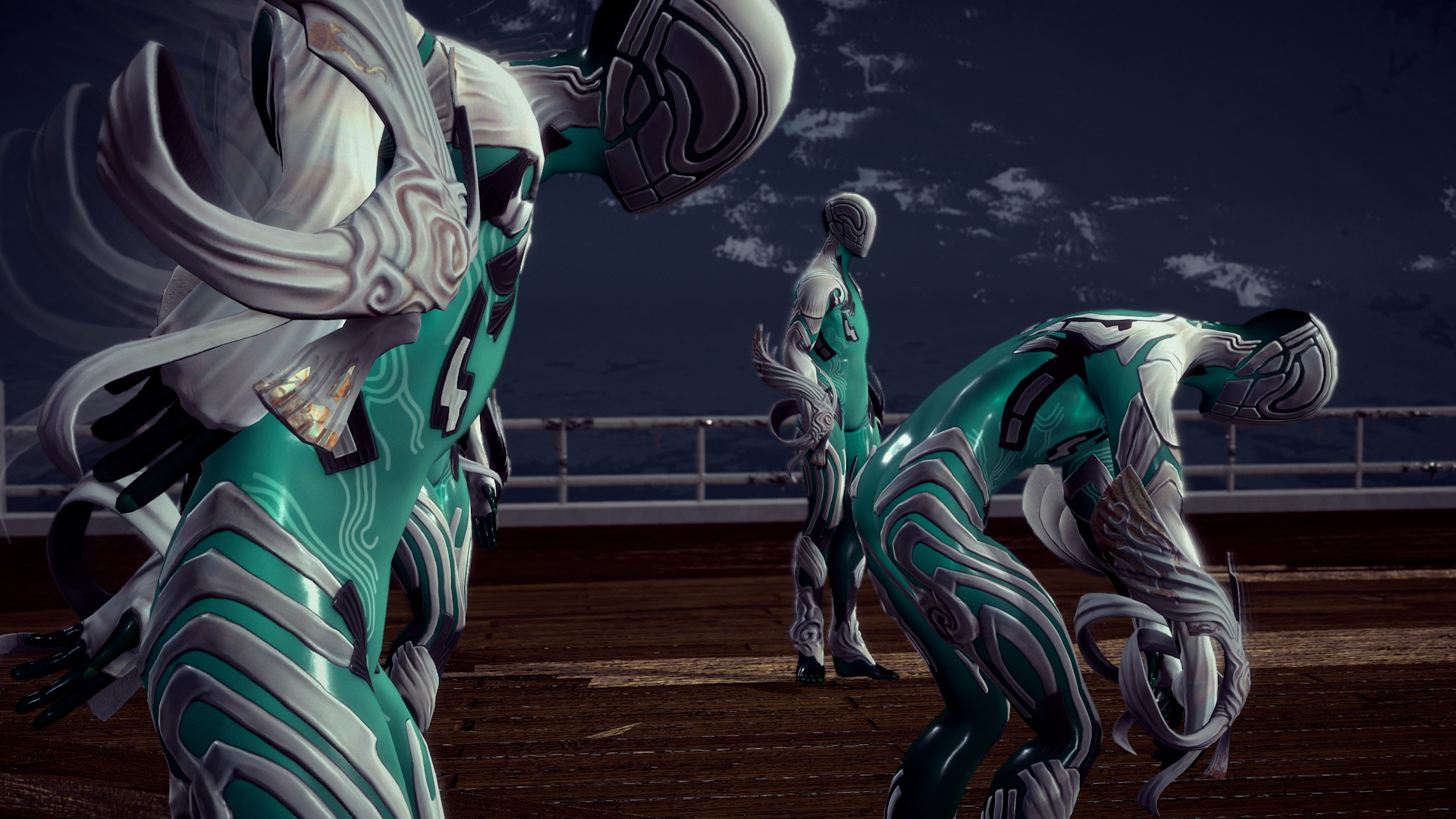
If you look closely, you can see that Homunculi seems to be covered in a green and white design very similar to a particular arabesque pattern called “karakusa” in Japanese. This gives them a somewhat Eastern look that is also reminiscent of clouds.
Our concept behind the music in the Homunculi boss battles was to exude this Eastern atmosphere through the tracks. With all of this in mind, let’s take a quick listen at some of the tracks that you can hear in Bayonetta 3.
Tracks
– Tokyo: Shibuya –
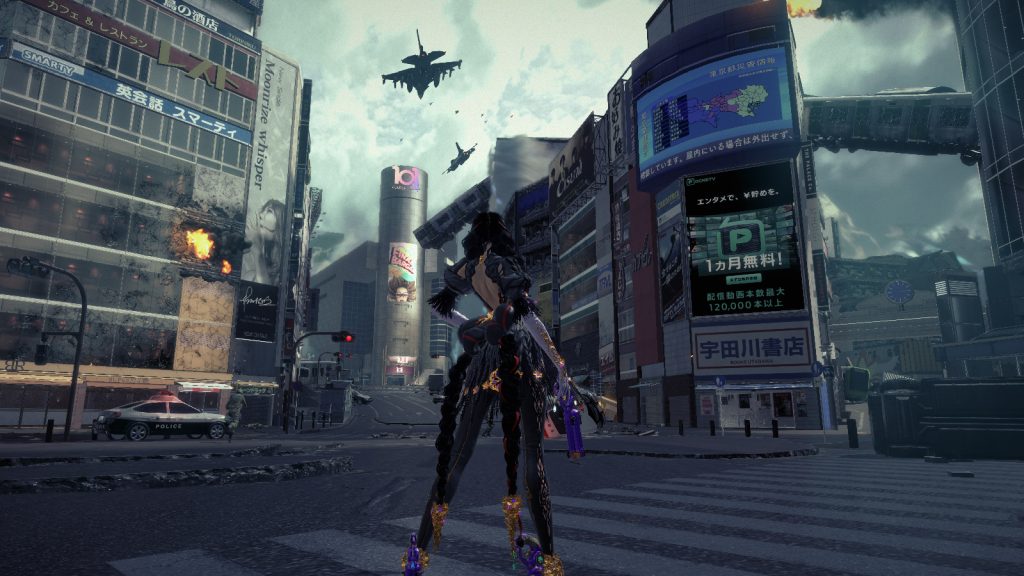
This is the track you will hear in the first stage of the game – Tokyo: Shibuya.
Since this is a stage brimming with ambient sounds in several spots, with emergency broadcasts blaring, helicopters flying overhead, black smoke everywhere, etc., we composed the music in such a way that it does not interfere with this background noise. This is actually a brand-new approach we took in the Bayonetta series.
– Qin Lan: Xi Chang An –
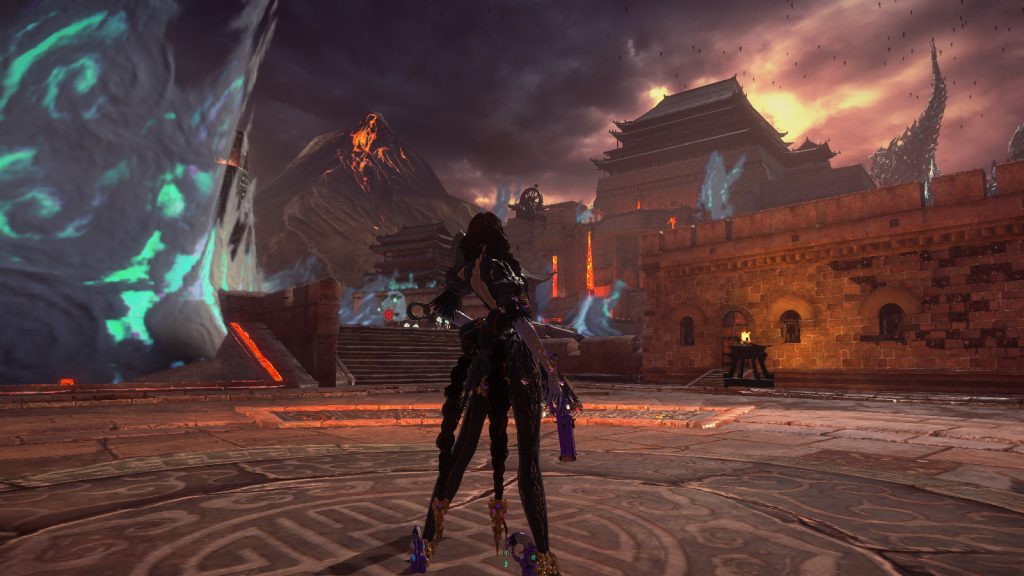
This stage resembles the Great Wall of China. We’re in a world of grandure, with a somewhat different aura from the first stage. This stage also serves as the front line of a great battle, so the atmosphere we were trying to push here was that of valor in battle.
– Homunculus Boss Battle –
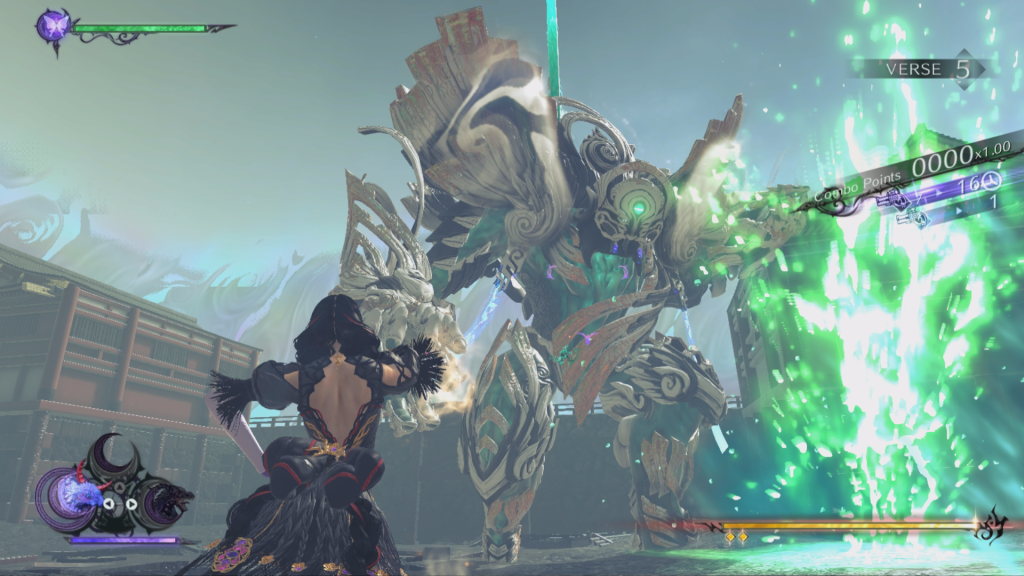
This is a track for the Homuculus mid-boss battle. The Homuculi appear in this game as the main enemies, and they are neither angels nor demons. The characteristic of the track has a somewhat Eastern atmosphere, resembling the works of Gamelan Angklung.
– Battle against the Beastman –
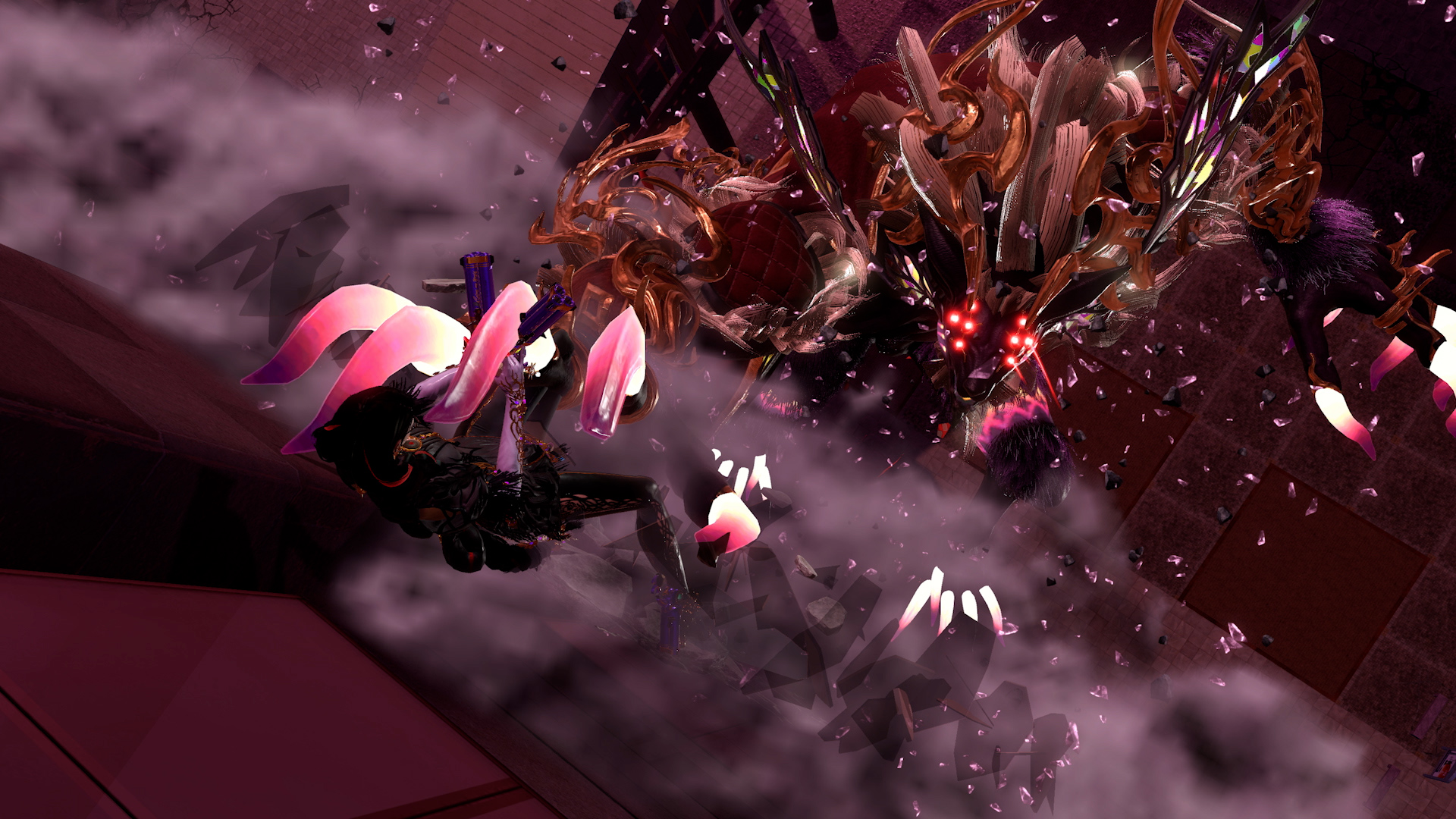
This is a battle track that is played in the battle against a mysterious Beastman who suddenly attacks Bayonetta under the mysterious glowing moonlight.
It is a unique piece featuring a somewhat neoclassical taste with distortion guitar and a church organ, both of which have never been used in the Bayonetta series up to now.
– The Gates Of Hell (Original Ver.) –
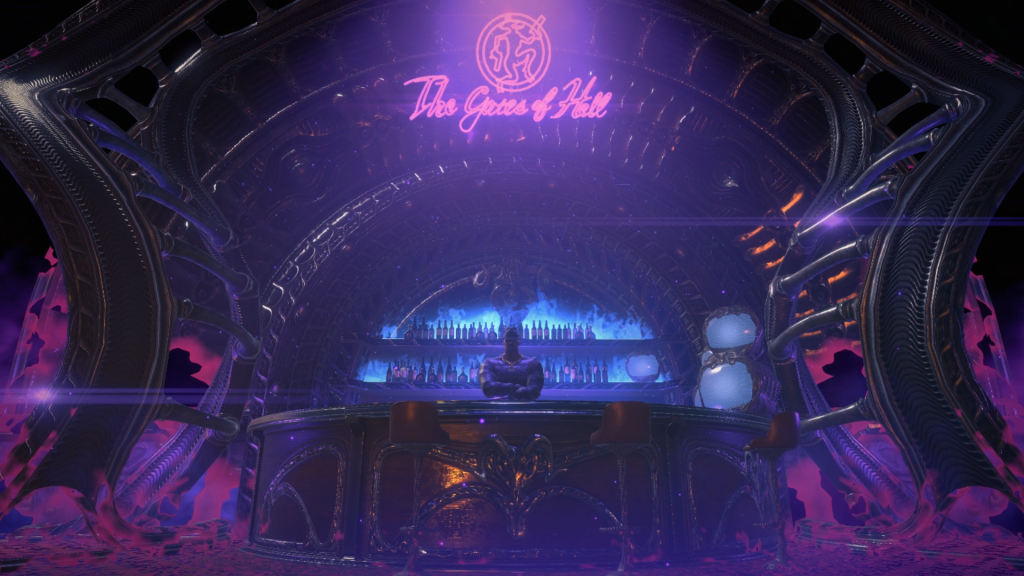
The song that plays in Rodin’s Gates Of Hell. This song has been a continual element of the Bayonetta series. This time around, the song is even more powerful and was performed by a full-fledged jazz group! During the moody solo time, the mystery liqueur that Rodin makes is sure to go down a treat.
– The Gates Of Hell (Swing Ver.) –
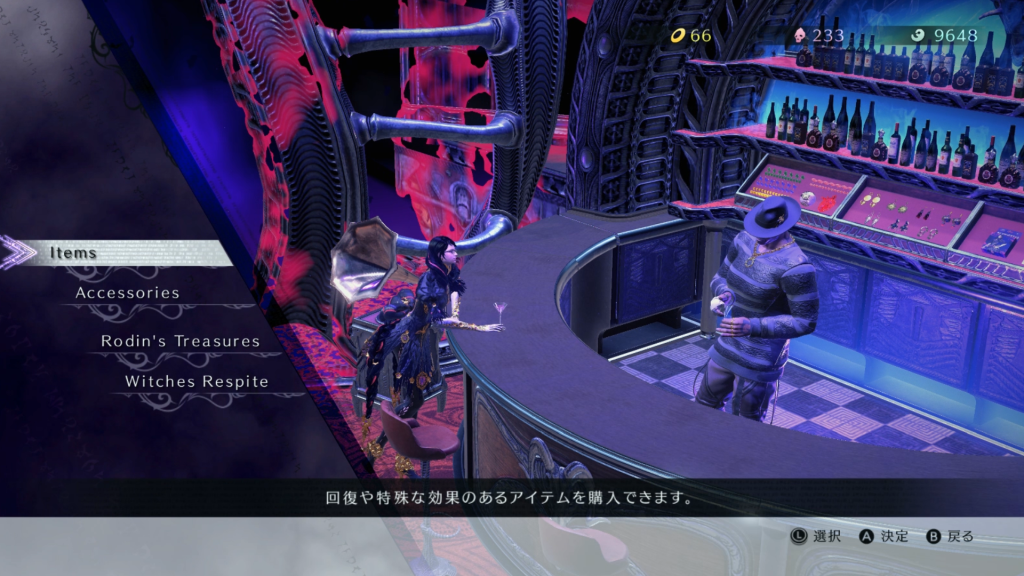
There is actually another arrangement of this song in the game! The thrilling 4 beats will make you tipsy even more quickly! And! Those who have already played the game may have noticed that there is another version of the store track playing somewhere. Try to find this for yourselves!
The store piece was arranged and performed by a jazz quartet consisting of Ryohei Kishimoto (piano), Shojiro Yokoo (trumpet), Yoshiaki Sasaki (bass), and Hiroaki Tanaka (drums). They’re active mainly in the Kansai area of Japan, and they took the original piece to the next level with their wonderful arrangements, improvisation and performance skills, while making the most of its good qualities.
Everyone who was present at the recording session was amazed at how the members were able to improvise music from a single motif in a limited amount of time, conversing with each other through sound.
That’s all for today. Did you enjoy this entry?
There are so many more fascinating tunes packed in the game, so I hope you’ll keep your ears open for the music as you immerse yourself in the Bayonetta 3 experience!
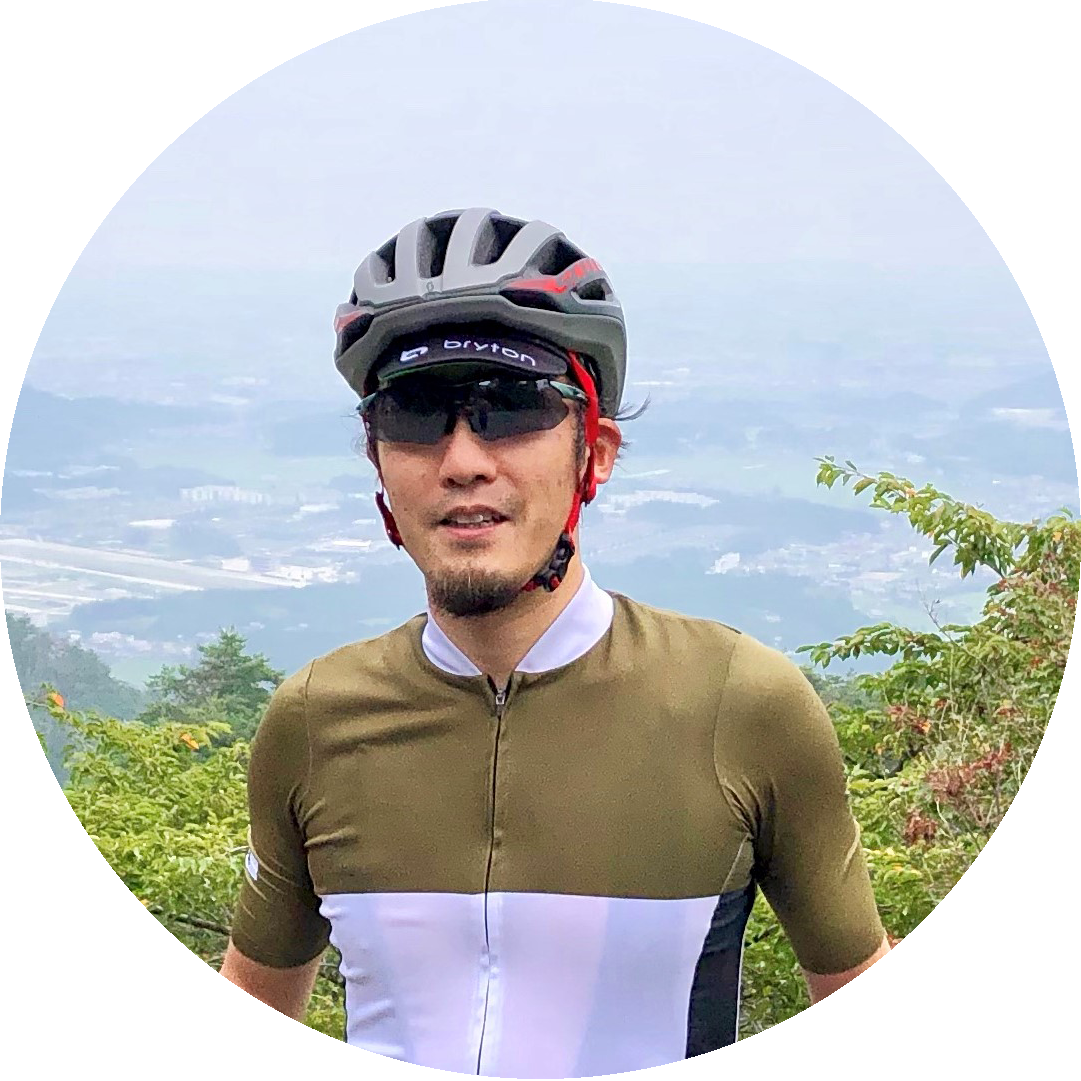 |
Naofumi Harada After working on music for TV commercials and other broadcasts and corporate videos, he joined PlatinumGames in 2012. Harada worked as the composer on Bayonetta 2, The Legend of Korra, Teenage Mutant Ninja Turtles: Mutants in Manhattan, Star Fox Zero, Star Fox Guard, ASTRAL CHAIN, World of Demons and others. He was the implementer on NieR:Automata and participated as guitarist on Super Smash Bros. Ultimate. He worked as lead composer on Bayonetta 3. |